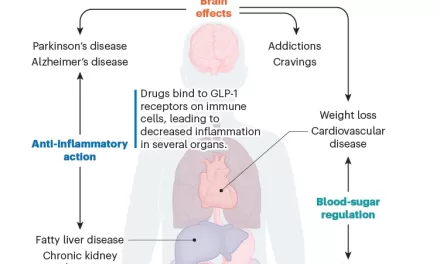A recent study published in the Morbidity and Mortality Weekly Report has revealed the seroprevalence of highly pathogenic avian influenza (HPAI) A(H5) among bovine veterinary practitioners. This marks a significant finding in understanding the transmission of the virus beyond its common avian hosts.
The study, led by Jerome Leonard, M.D., M.P.H., and colleagues from the Centers for Disease Control and Prevention (CDC), examined 150 U.S. bovine veterinary practitioners, noting that a current outbreak of HPAI A(H5) clade 2.3.4.4.b, genotype B3.13, was first detected among dairy cattle in March 2024. Human cases emerged among dairy workers in April of the same year.
Fifty-five percent of the survey participants were based in states with dairy herds testing positive for HPAI A(H5), and 17% had worked with dairy cattle that were known or suspected to have been infected. Interestingly, three practitioners (2%) tested positive for antibodies to HPAI A(H5), indicating recent infection with the virus. However, none of these practitioners reported any symptoms such as respiratory distress, conjunctivitis, or flu-like symptoms.
Further details of the study indicated that none of the three infected practitioners had direct contact with dairy cattle diagnosed with or suspected of carrying the HPAI A(H5) virus. One practitioner had worked with poultry infected with the virus, while the others reported practicing in states with known outbreaks in dairy herds.
Despite taking precautions such as wearing gloves or clothing covers while caring for cattle, none of the surveyed practitioners used respiratory or eye protection. These findings underscore the need for further investigation into potential transmission risks, especially in regions where HPAI A(H5) has yet to be officially identified in dairy cattle.
The study’s authors suggest that this evidence of HPAI A(H5) infection among veterinary practitioners could imply the presence of infected dairy cattle in states where the virus has not yet been reported.
For more detailed findings, refer to the study: “Seroprevalence of Highly Pathogenic Avian Influenza A(H5) Virus Infections Among Bovine Veterinary Practitioners — United States, September 2024” published in the Morbidity and Mortality Weekly Report.
Disclaimer: The information provided in this article is based on a study published in the Morbidity and Mortality Weekly Report and does not constitute medical advice. Please consult healthcare professionals for specific guidance regarding HPAI A(H5) and related concerns.












